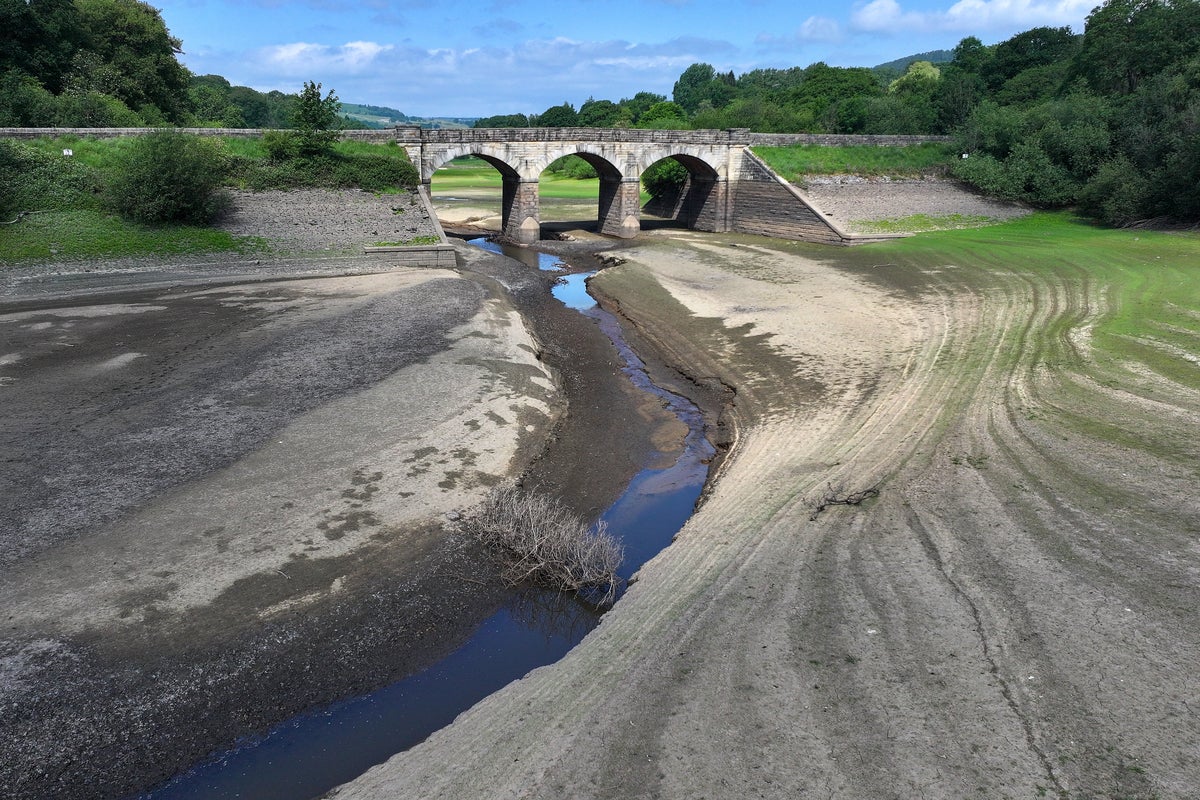Home / Environment / England Faces Severe Drought Crisis Unless Wet Winter Arrives
England Faces Severe Drought Crisis Unless Wet Winter Arrives
14 Nov
Summary
- England faces widespread drought in 2026 without a wet winter
- Rainfall has been below average for 8 out of 10 months in 2025
- Drought could bring hosepipe bans, crop damage, and wildfires

According to the latest report from the Environment Agency, England is facing the prospect of widespread drought in 2026 unless the country experiences a wet winter in the coming months. The situation has become increasingly precarious, with England receiving just 83% of its average rainfall from January to October 2025, enduring its driest spring in 132 years and the hottest summer on record.
The drought conditions have already taken a toll, with Yorkshire and the Midlands remaining in drought following a dry spring and summer, and the North West only now beginning to recover. The Environment Agency has warned that should the winter be drier than normal, much or all of the country will be in drought by next spring, bringing risks of hosepipe bans, effects on crops and wildlife, and the potential for wildfires as summer progresses.
The agency is urging the public to continue using water efficiently, even if it rains, as the country's wildlife, rivers, and public water supplies depend on it. Farmers are also being advised to consider adjusting cropping patterns to include more drought-tolerant crops or varieties that need less irrigation, and to work with neighbors to share water and water rights.
The Met Office has forecast a higher than usual likelihood of dry conditions over the three months from November 2025 to January 2026, which could exacerbate the drought situation. The Environment Agency has outlined three scenarios for winter rainfall, with the worst-case scenario being that England receives just 60% of the average rainfall, leading to drought conditions across the entire country by spring 2026.




